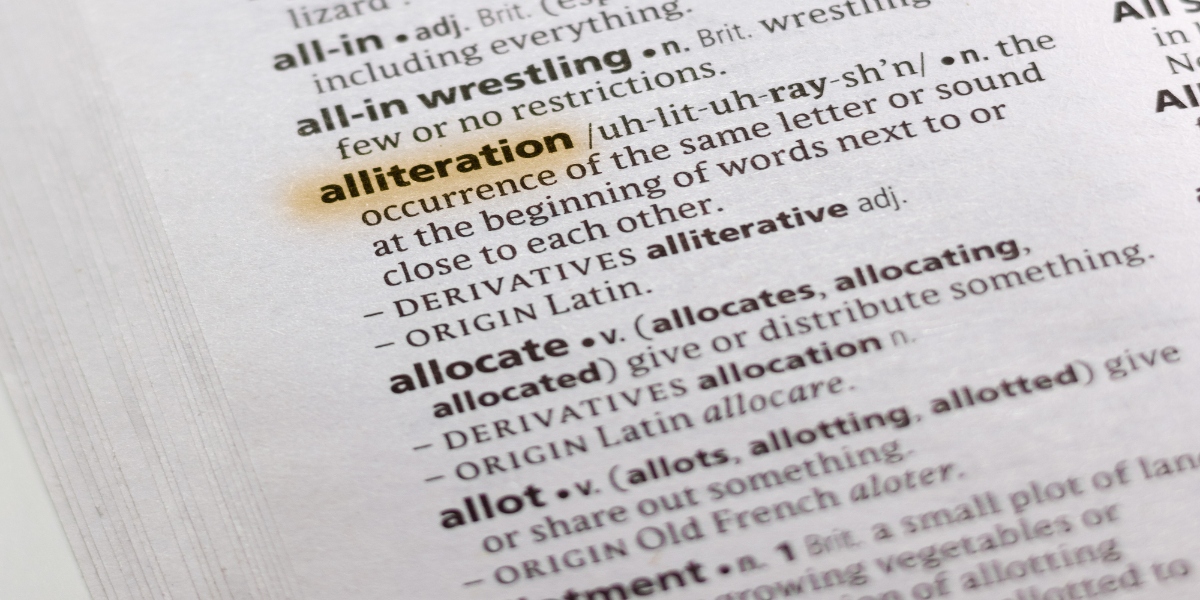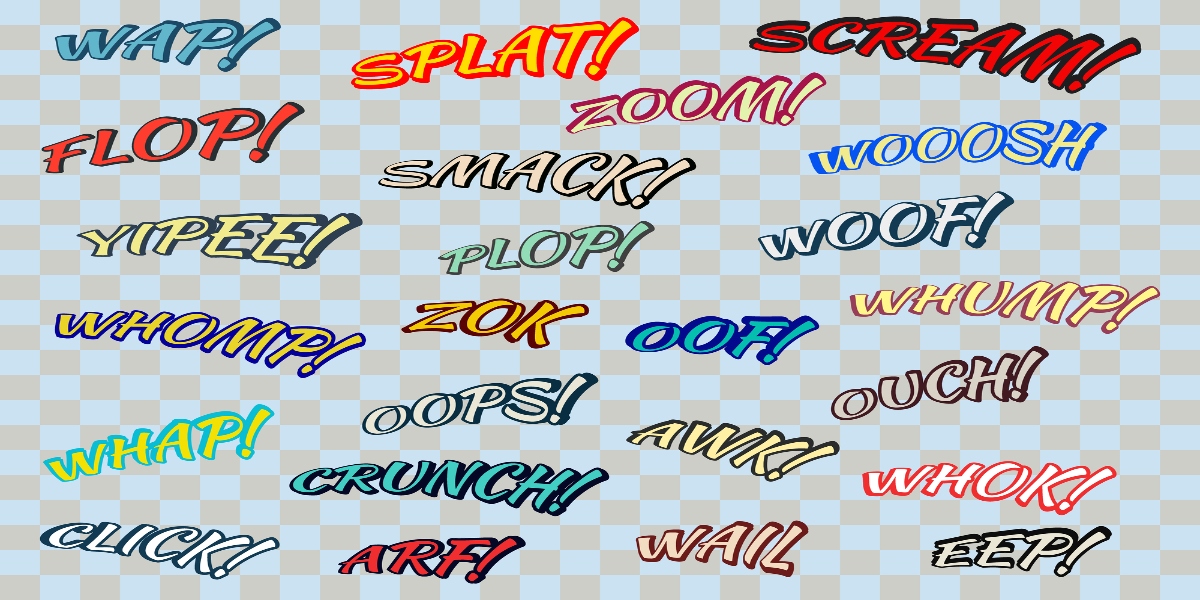Language Features And Their Effects
It’s the crack of dawn, and Lucy is back at the pool again. Her body aches but she perseveres. There’s a big competition on the horizon, and she doesn’t feel prepared. Everyone tells her she swims like a fish, but she knows there are better competitors. She needs to swim, swim, swim.
Splash. She plunges her head under the water. As she sets off on her first length, she feels a sense of calm come over her. She is one with the water. She can do this.
Engrossed in her swimming, she doesn’t notice her coach standing by the side of the pool.
“This must be a new record – training before I’ve even arrived!” the coach jokes, as Lucy emerges for air. She holds out Lucy’s towel. “You left this in the changing room.”
“Oh, you’re an angel. My head is all over the place this morning.” She pulls up on the side of the pool and sits, slowly swishing her legs in the chlorinated water.
This piece of writing is full of language features which help bring the story to life, allowing the reader to immerse themselves in the scene. They can feel Lucy’s anxiety about the looming competition, and the relief she feels when she gets back into training. They can picture the pool, hear the sounds, smell the smells.
It’s amazing how the way something is written can make us feel. Here at Global Language Services, we are fascinated by language so we’ve decided to take a dive into language features and their effects.
Alliteration
Alliteration is when a string of words is used which repeat the same sound (like the same first letter or letters).
It’s most commonly used as a poetic device, creating an almost musical quality. It helps draw our attention to particular words and phrases, helping them stick in our mind. This is why you’ll regularly see alliteration in newspaper headlines too.
The sounds used in alliteration can have an effect on the mood of a piece. ‘W’ and ‘sh’ create a soothing atmosphere: reading the sentence “welcoming weariness by the washing waves” can help you feel light and worry-free. Conversely, in Edgar Allen Poe’s “The Raven”, he writes: “And the raven, never flitting, still is sitting, still is sitting.” We feel unease when we read this. (Source)

Rhyme
Rhyme is the repetition of similar sounds, usually at the end of lines.
It’s used most often in poetry and songwriting; like alliteration, it creates a musical feel which makes it more memorable. Rhyme helps put emphasis on certain words. It’s a great language tool for conveying messages, getting them to stick in the reader’s mind.
Rhyme can also evoke emotion, creating suspense, drama, and even joy. The poem “The Ecchoing Green” by William Blake is a great example, which discusses death, but the use of rhyme helps to keep it upbeat, and it becomes a celebration of life instead:
“The Sun does arise,
And make happy the skies.
The merry bells ring
To welcome the Spring.
The sky-lark and thrush,
The birds of the bush,
Sing louder around,
To the bells’ cheerful sound” (Source)
Rhythm
Rhythm is the beat that influences how language flows. It’s a strong, repeated pattern of sound.
A carefully crafted rhythm helps keep the reader engaged. Shakespeare’s works make great use of “iambic pentameter” where an unstressed syllable (soft) is followed by a stressed syllable (loud), and this is done 5 times in a row. For example, the words in bold show stressed syllables:
“To me fair friend you never can be old.”
This helps give the sonnet a more conversational feel and helps you recall what was said more easily.
Onomatopoeia
Onomatopoeia is when a word is used that sounds just like the actual sound it’s referencing. Examples include “buzz”, “splash”, “whisper”, and “crunch”.
Onomatopoeia creates a sense of realism, so you can almost imagine you are in the scene the writer is describing.
It helps readers to understand what they are reading.

Similes and Metaphors
A simile is a figure of speech where something is compared to something else. It is intended to make descriptions more vivid. A metaphor is similar, but instead of comparing two things, they directly equate two things.
Similes and metaphors bring stories to life, and the imagery they create helps you understand the piece more clearly, relate to it, and remember it.
For example, the simile “fight like cats and dogs” brings to mind a brutal, vicious attack between two feral animals. It suggests the fight is very aggressive and difficult to watch.
The metaphor “life is a roller coaster” brings to mind all the trials and tribulations we face in our daily lives. It’s not a smooth experience, but instead has many high and low points. It’s an emotive phrase which helps you picture the roller coaster loops in your own life.
Repetition
Repetition is intentionally using the same words or phrases over and over.
Repetition is a powerful tool. It adds weight to key messages or comments, making them stand out and become more memorable. Martin Luther King’s “I Have A Dream Speech” is an iconic example:
I have a dream that one day this nation will rise up and live out the true meaning of its creed: “We hold these truths to be self-evident, that all men are created equal.”
I have a dream that one day on the red hills of Georgia, the sons of former slaves and the sons of former slave owners will be able to sit down together at the table of brotherhood.
I have a dream that one day even the state of Mississippi, a state sweltering with the heat of injustice, sweltering with the heat of oppression, will be transformed into an oasis of freedom and justice.
I have a dream that my four little children will one day live in a nation where they will not be judged by the color of their skin but by the content of their character.
I have a dream today! (Source)
The repetition of “I have a dream” continually builds up the vision of hope for a better future where racism is quashed. It becomes so powerful it is etched in the listener’s mind, so they will always be able to recall what he was discussing in the speech. It also adds rhythmic cadence, increasing audience engagement.
Personification
Personification is attributing human-like qualities to non-human entities.
Personification brings inanimate objects to life and strengthens the description. For example, saying, “The last piece of cake is calling my name” is much more powerful than saying “I want to eat the last piece of cake.” The first suggests the cake is irresistible, that it is actually calling the writer out to eat it. The second suggests no pull from the cake itself, just that the reader is wanting to satisfy their hunger.

Hyperbole
A hyperbole is an extreme exaggeration.
It’s a way to make a joke, emphasise a point, or to make someone feel strongly about something. A common hyperbole is “I’m so hungry I could eat a horse!”. We know straight away this person is very hungry but doesn’t actually want to eat a horse. “I’ve got a ton of homework to do” suggests a big pile of homework, but of course it doesn’t actually weigh a ton!
It’s a good way to poke fun at uncomfortable situations.
Pun
A pun is fun wordplay that exploits the double meanings of words/phrases.
Puns add wit and humour to language. Here are some of our favourite examples:
- “I’m on a seafood diet. I see food and I eat it.” – it sounds like they are going on a diet where they only eat seafood, but instead they mean they are going to eat whatever they see, which is the opposite of a diet!
- “I used to be a baker, but I couldn’t make enough dough.” – it sounds like they left the job because they weren’t able to do basic baking tasks properly, but actually they didn’t make enough money.
- “I’m reading a book on anti-gravity. It’s impossible to put down!” – it sounds like they are reading a book about anti-gravity, but they mean they are reading it while in a situation without gravity, so they can’t place the book down because it keeps floating away!
Rhetorical Questions
Rhetorical questions are questions asked without the expectation that someone will answer. The person posing the question usually knows the answer or they are posing a general idea to prompt the listener/reader to think about a certain topic.
A rhetorical question we may all have heard is “What time do you call this?”. The disgruntled partner or parent doesn’t actually want to know the time – they want to know why you are home later than expected, or simply to point out they are unhappy with the time you have returned home.

Conclusion
These language features spice up communication, making conversations and writing more engaging, filled with personality, vivid, and emotional.
These features also pose issues when it comes to translation. Some phrases are used in some countries but not in others. Rhyme may not translate. There are many potential pitfalls that translators need to address when getting a good like-for-like translation of these rich works.
At Global Language Services, we can confidently translate pieces so the same meaning is still put across with the same strength. If you are in need of translation services, please don’t hesitate to get in touch with Global Language Services.





